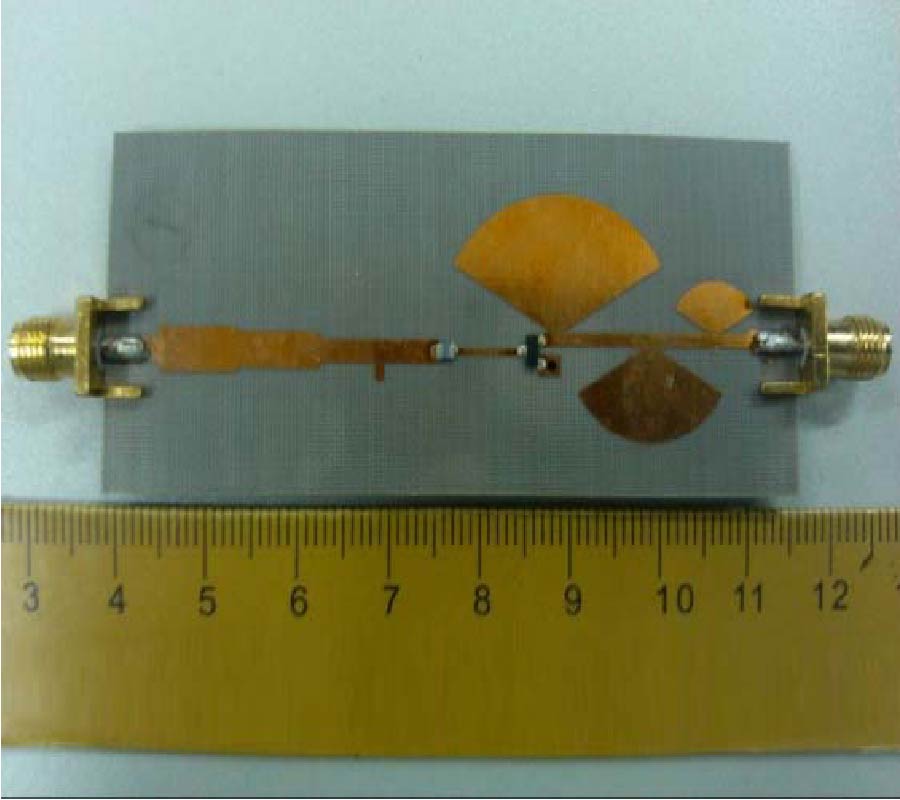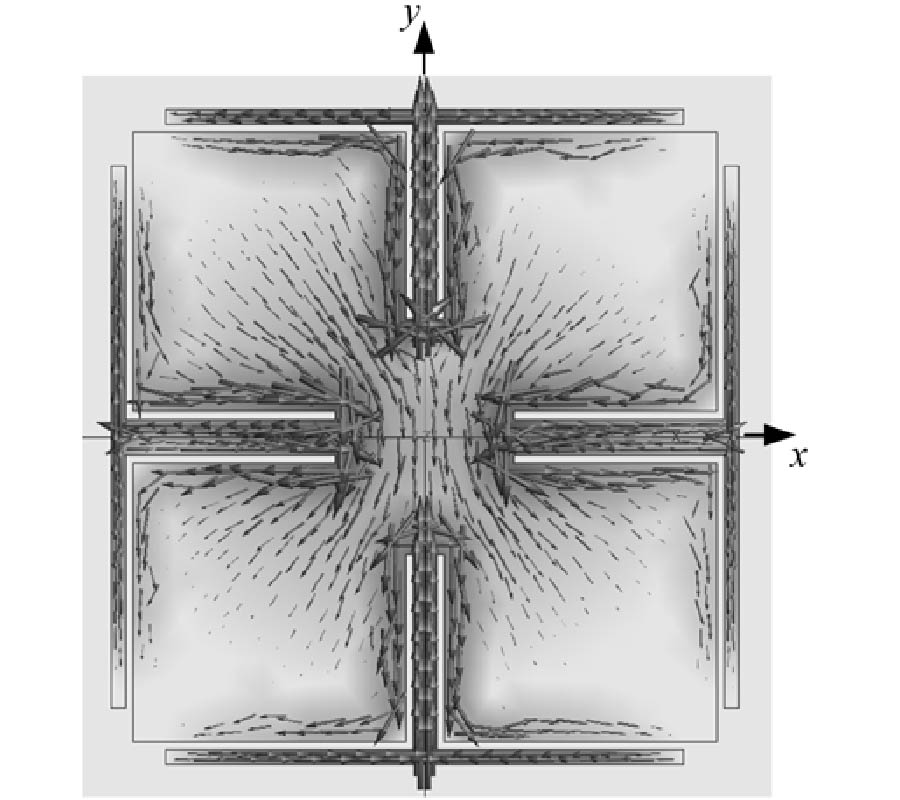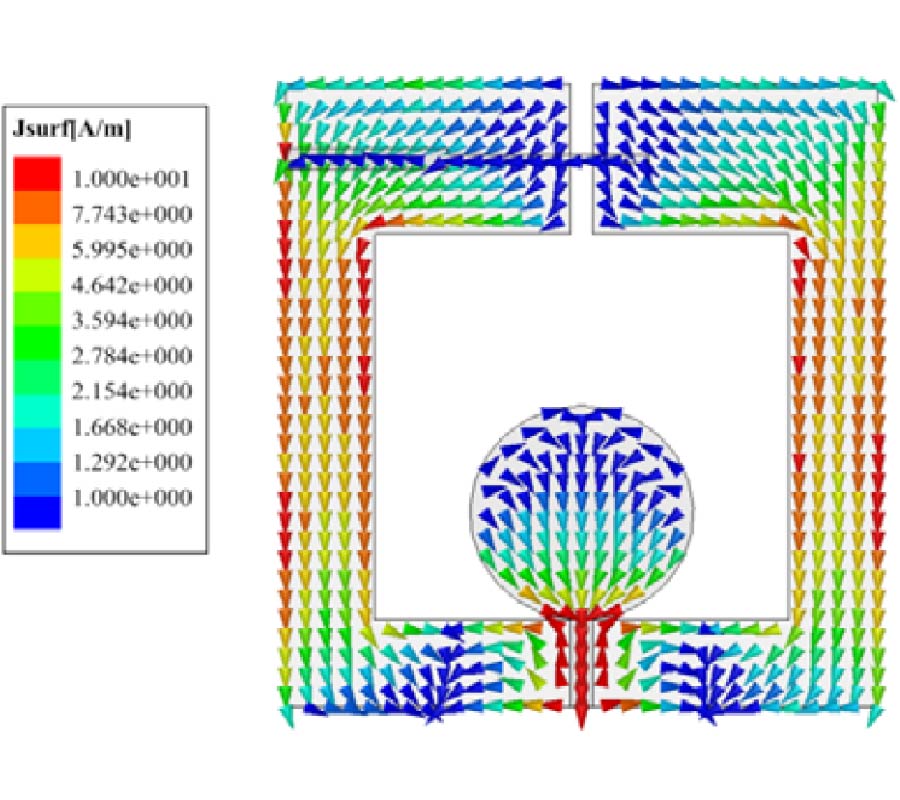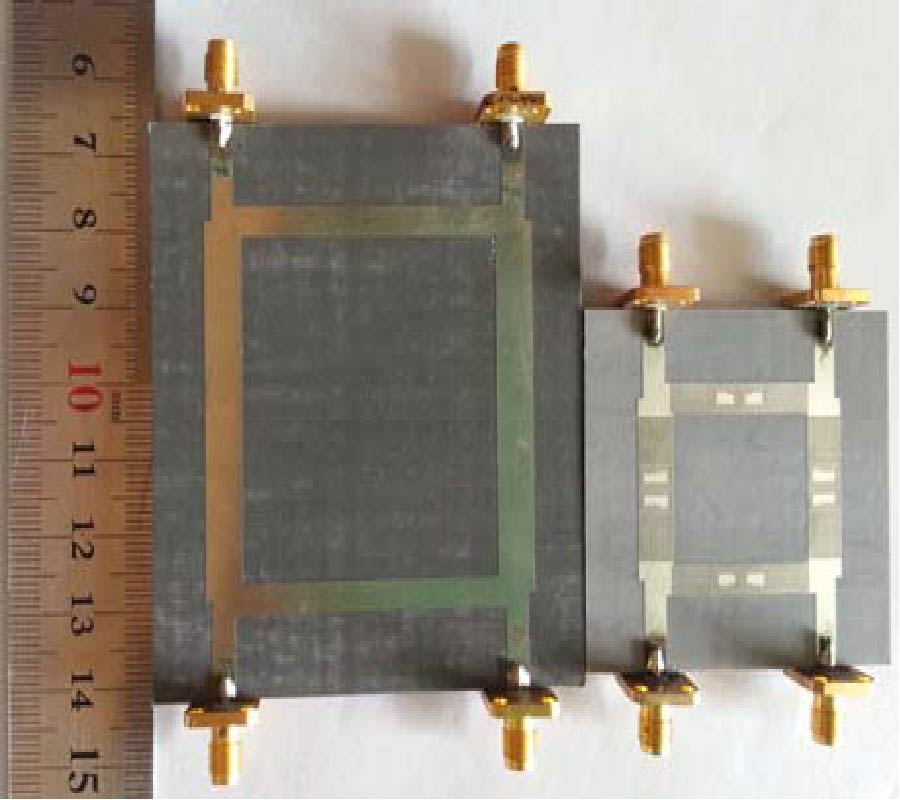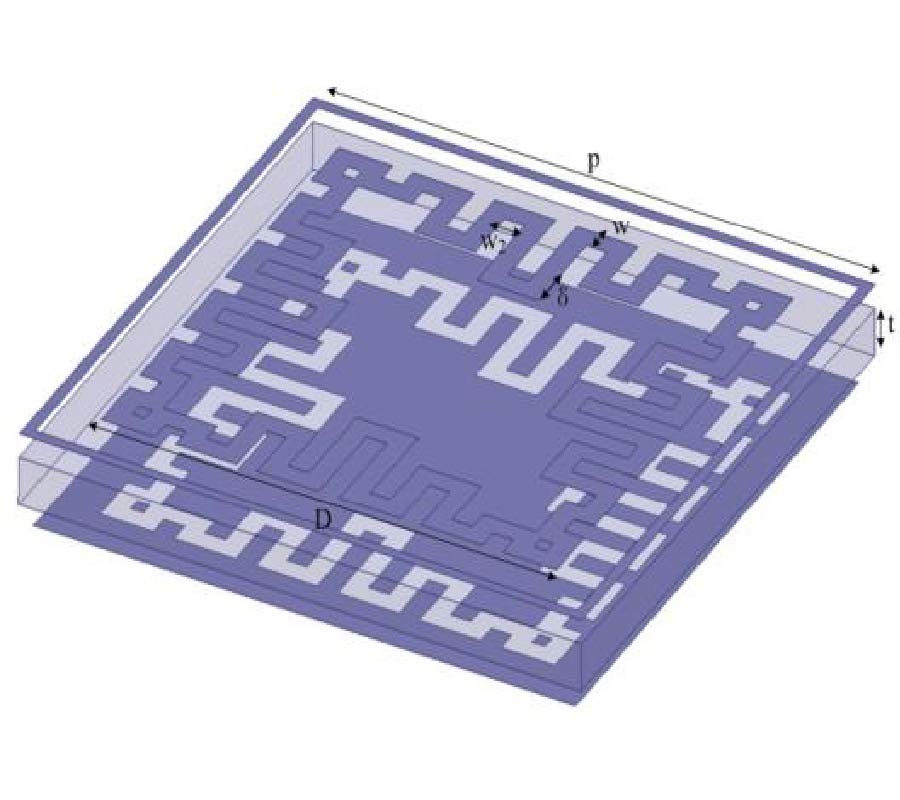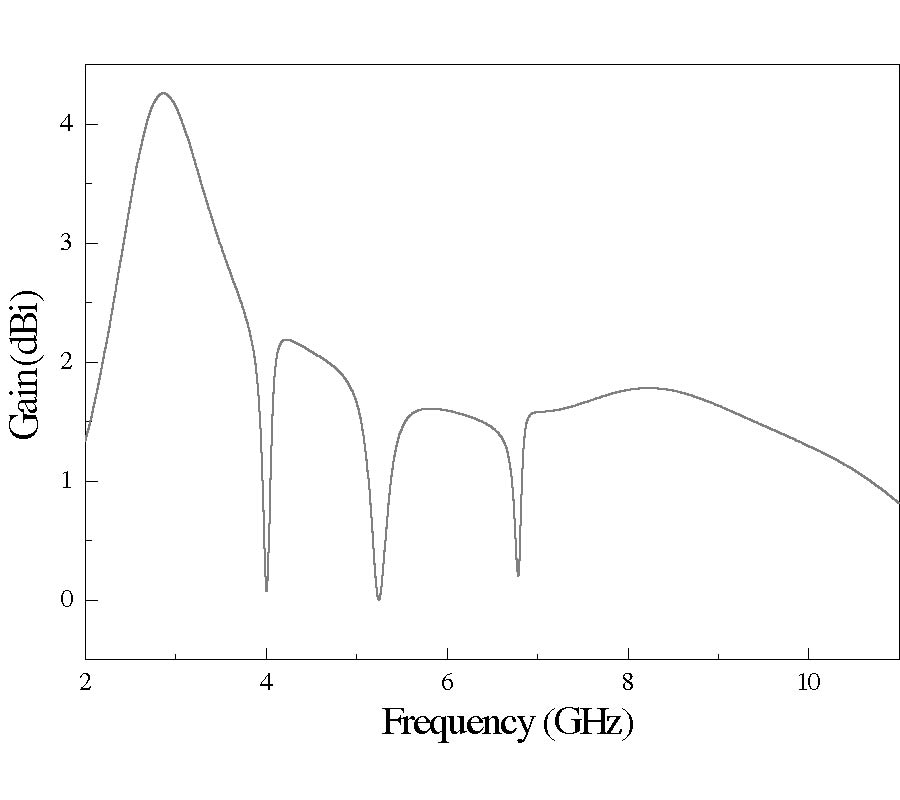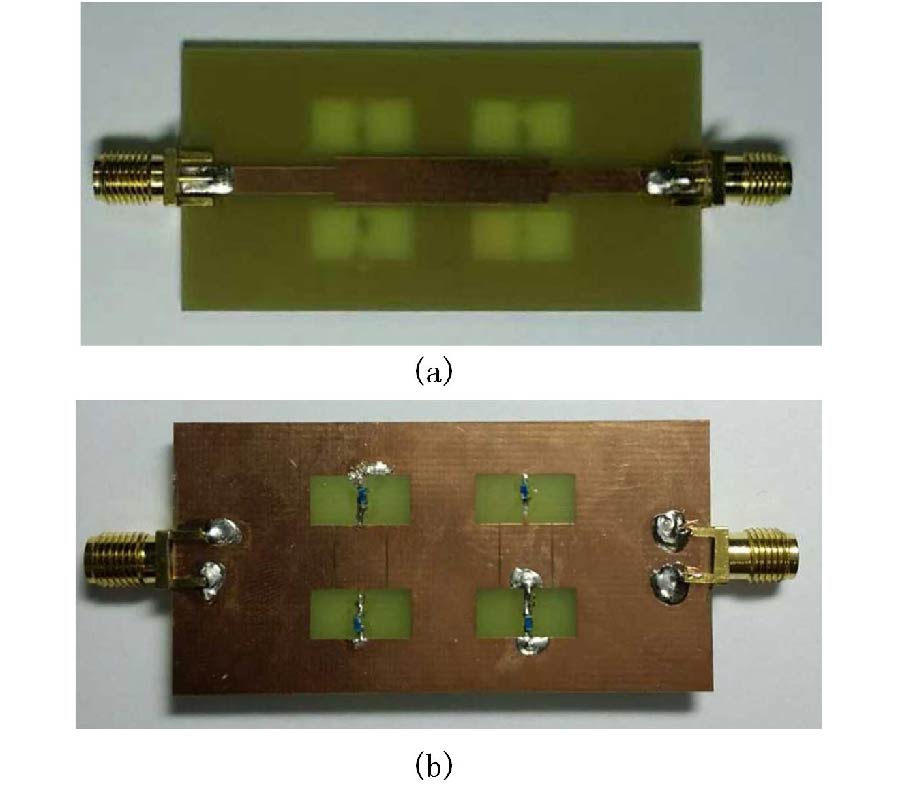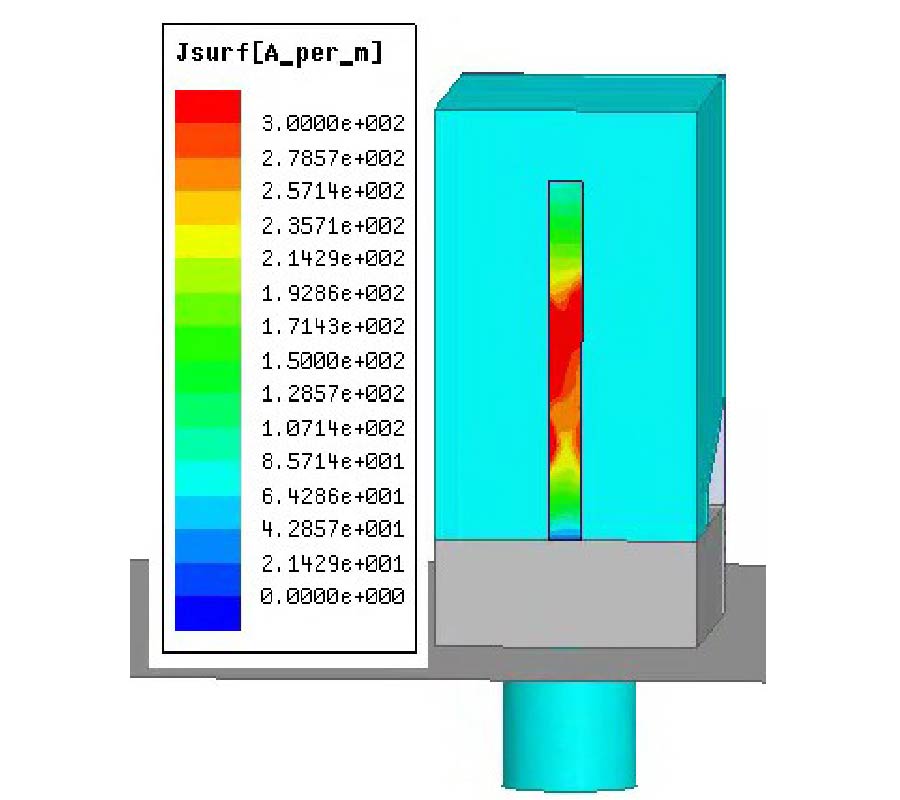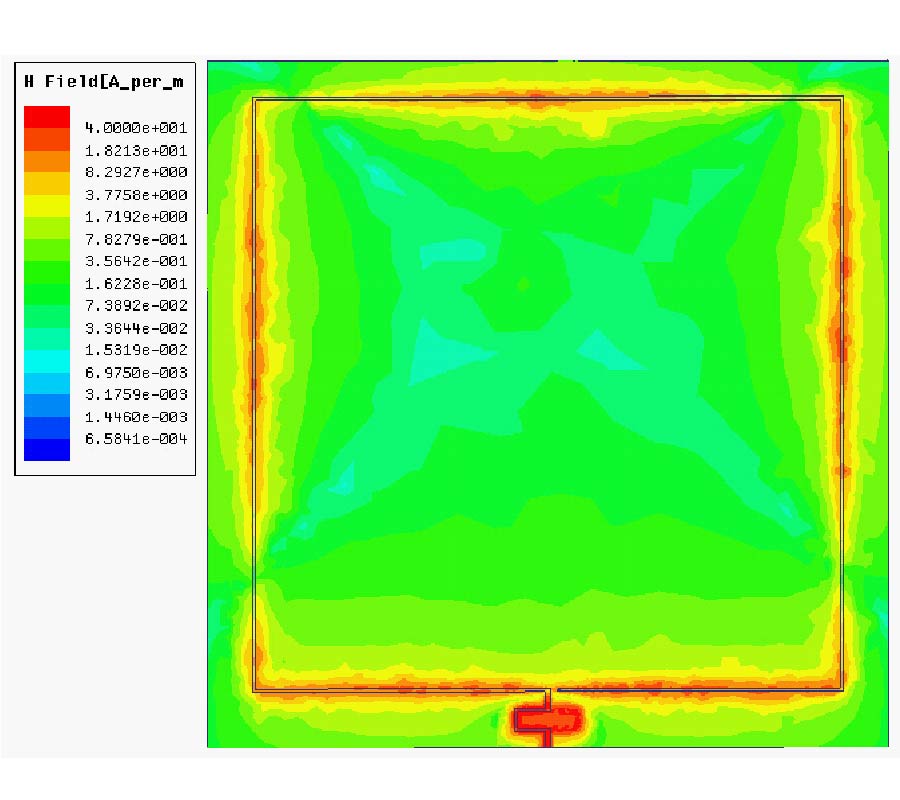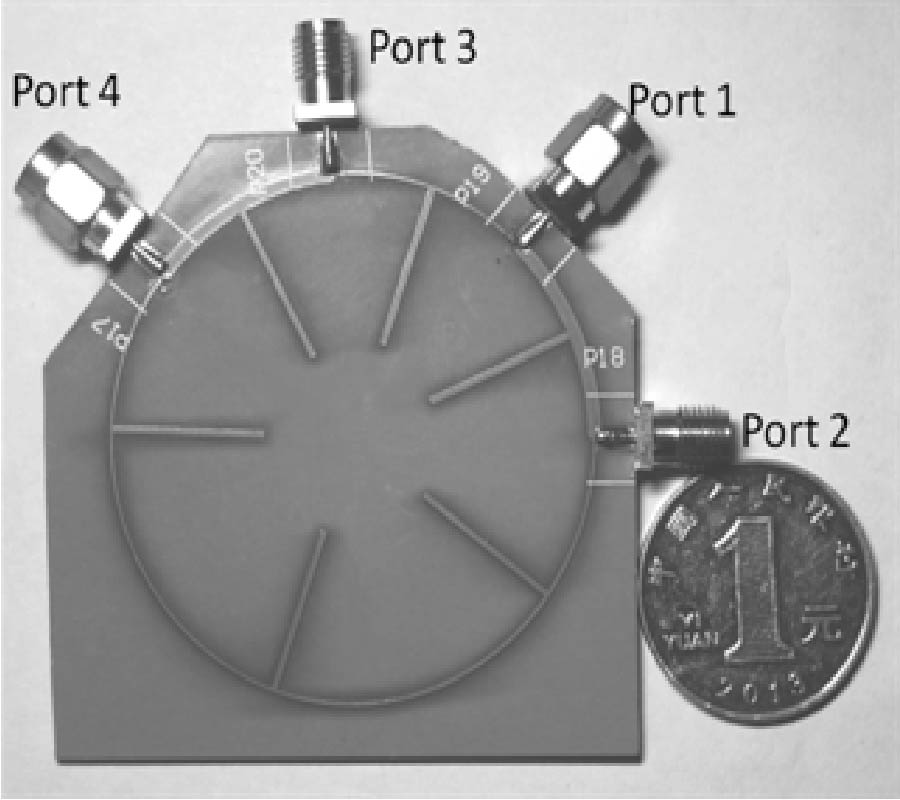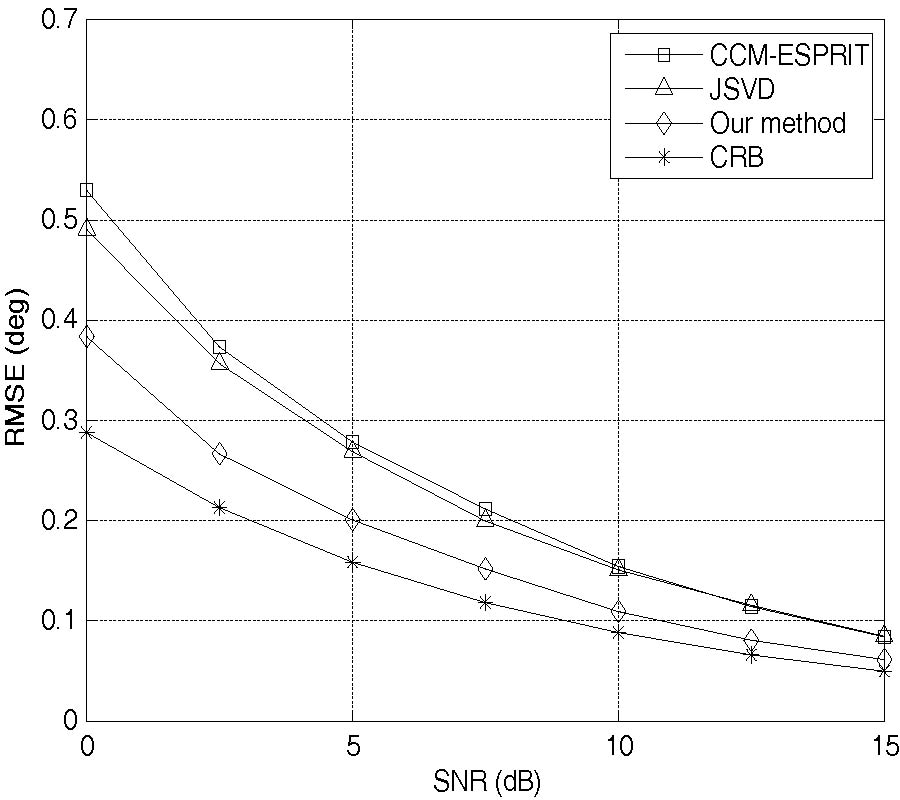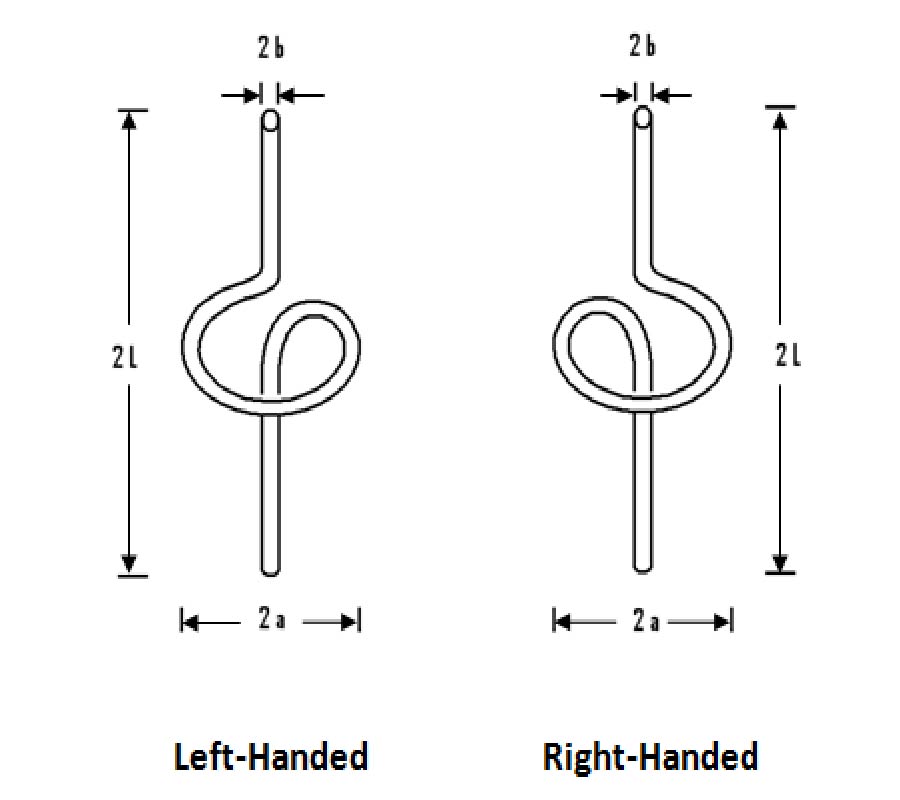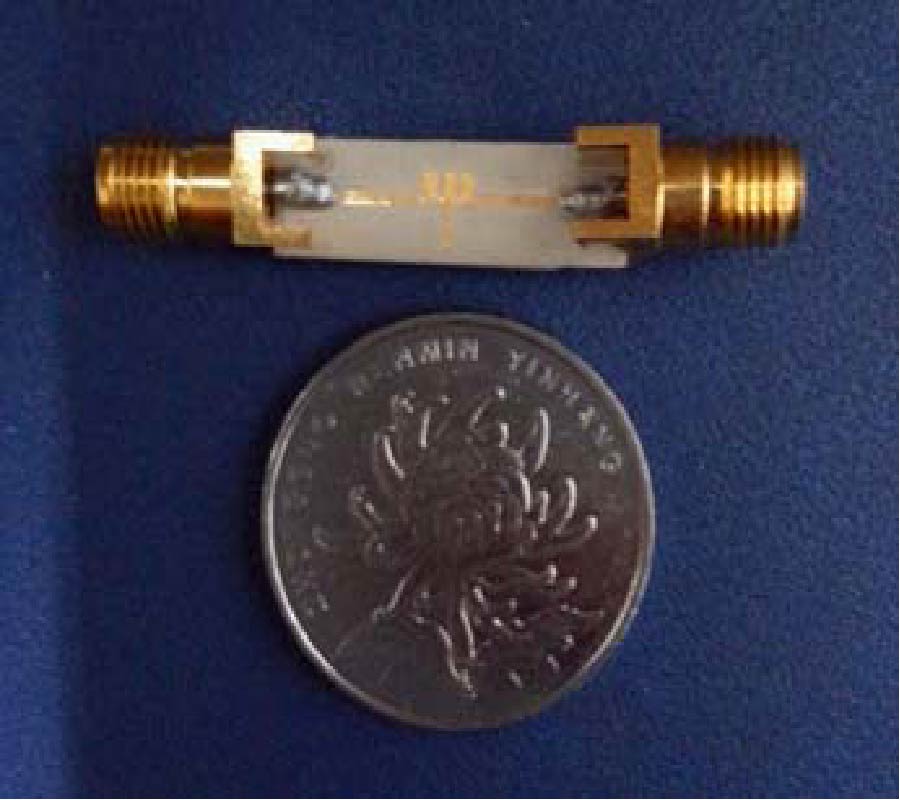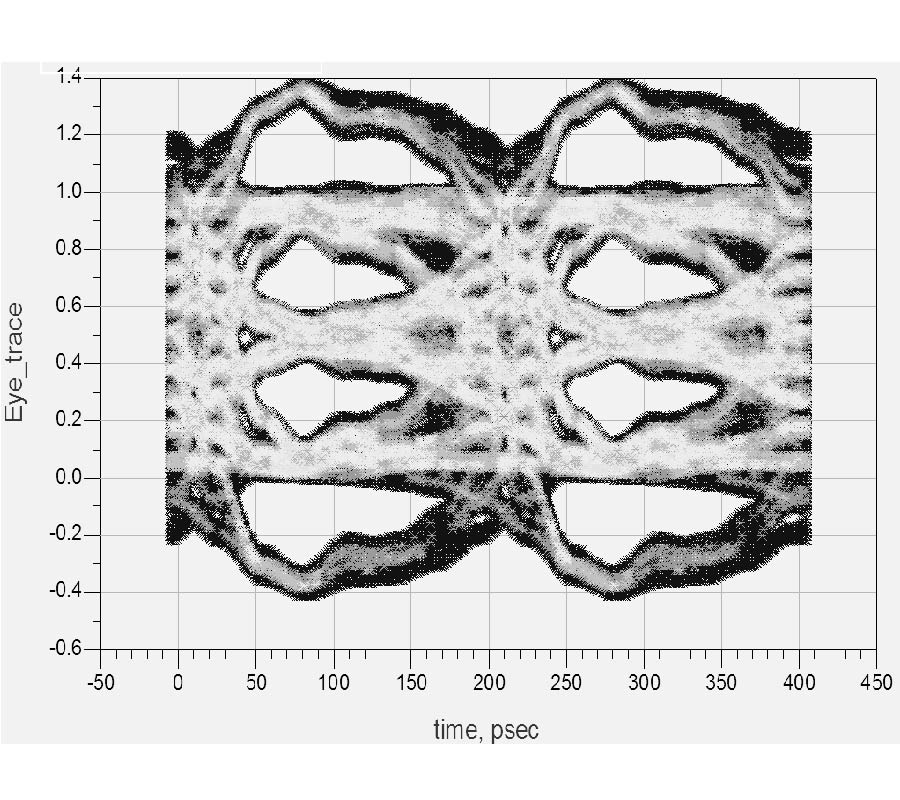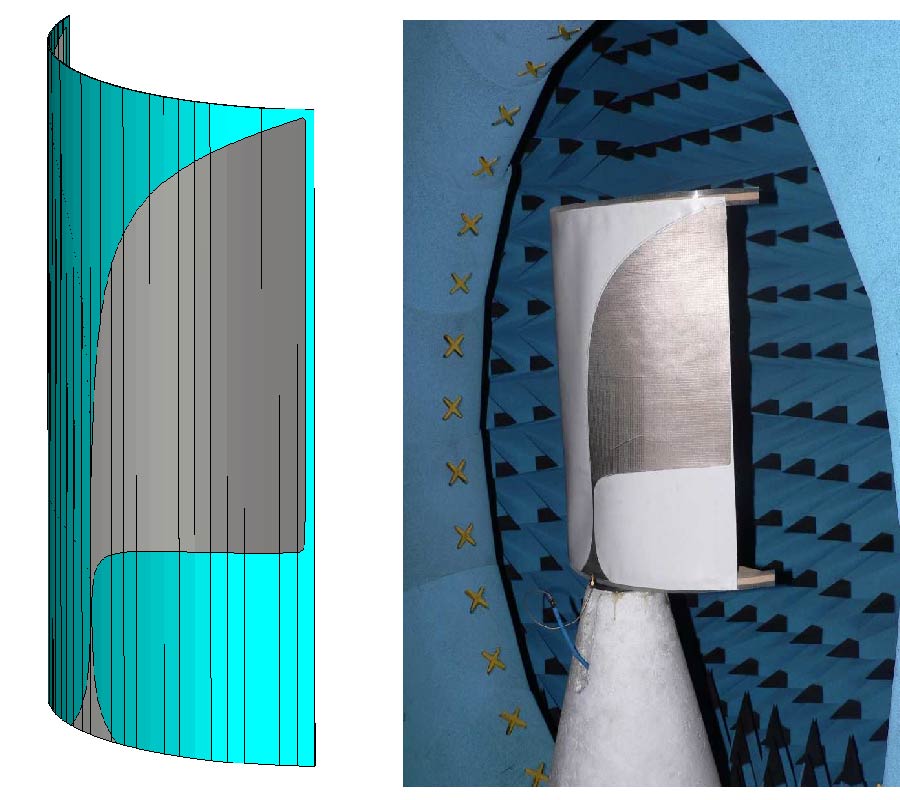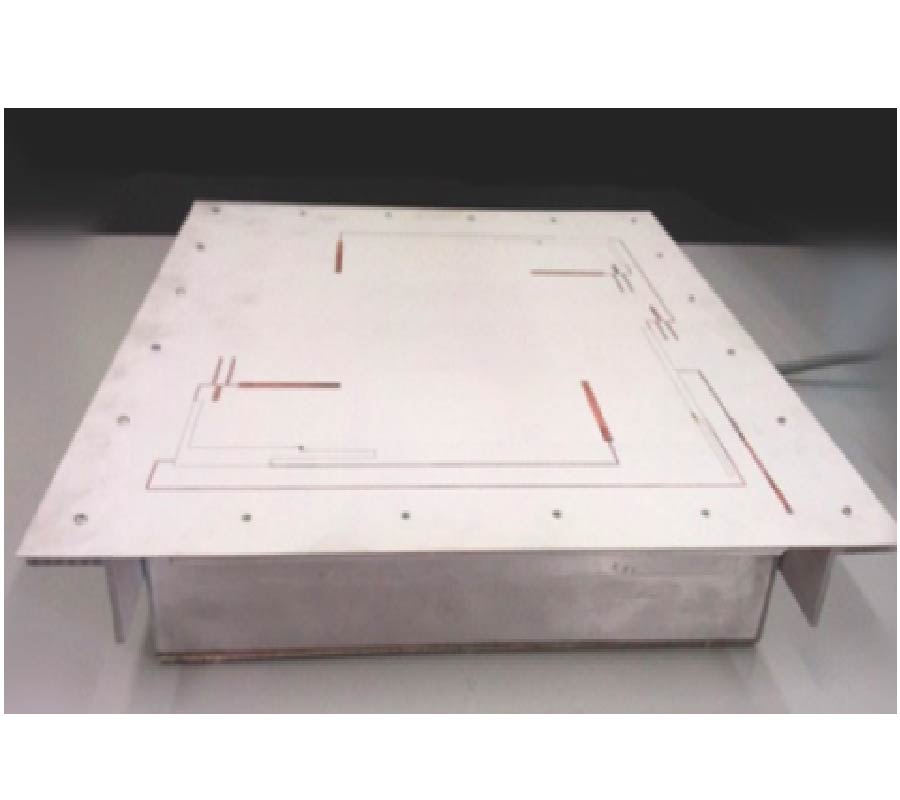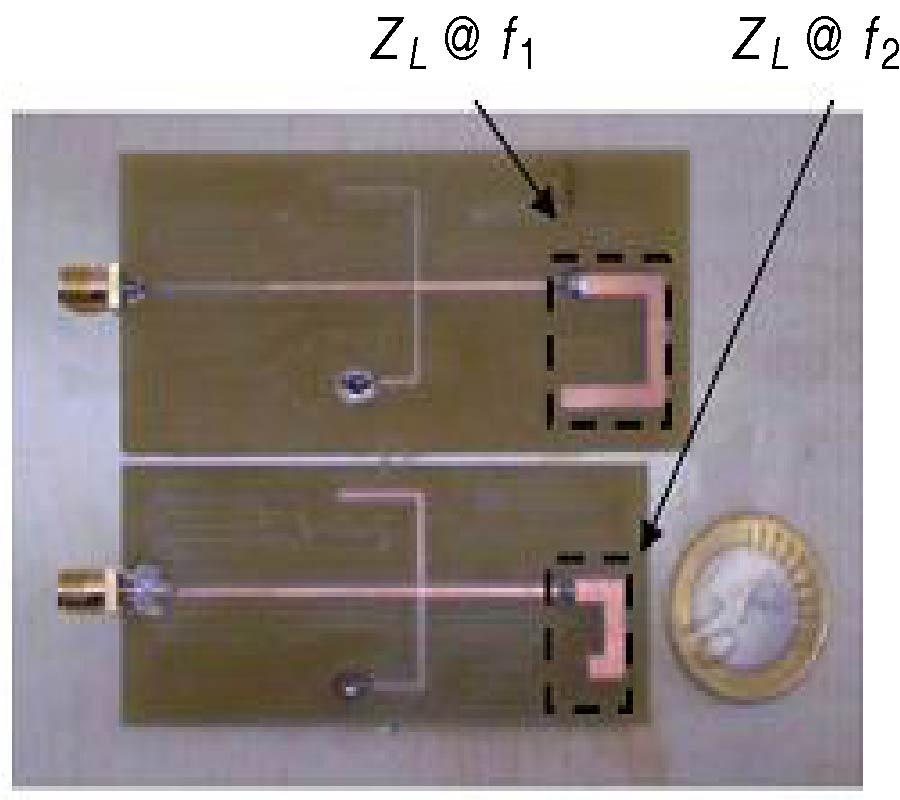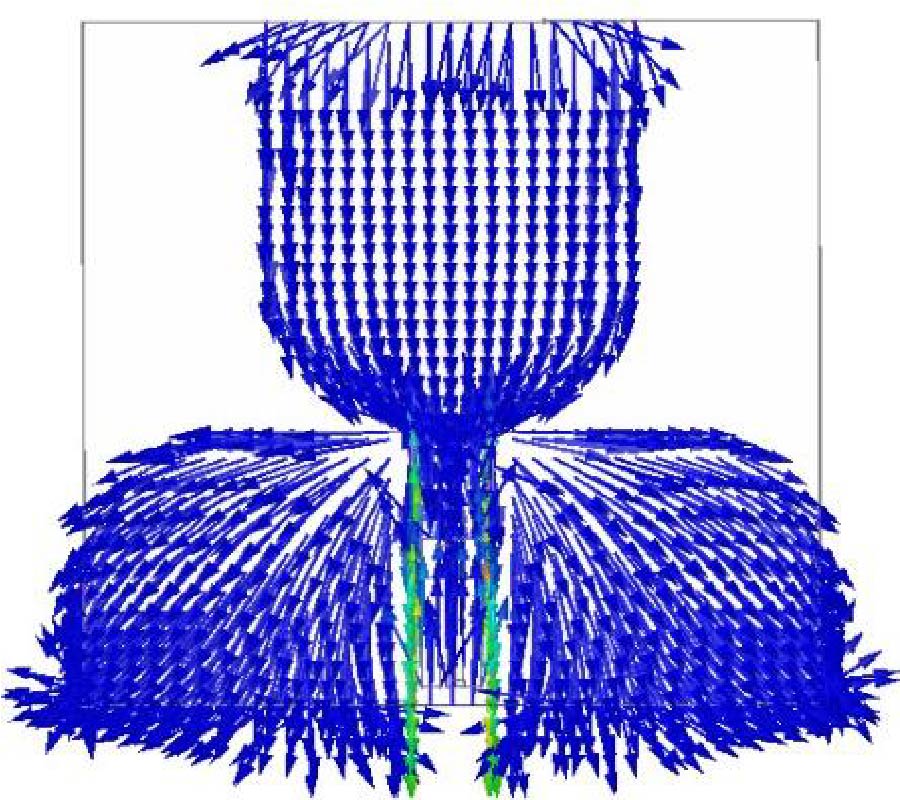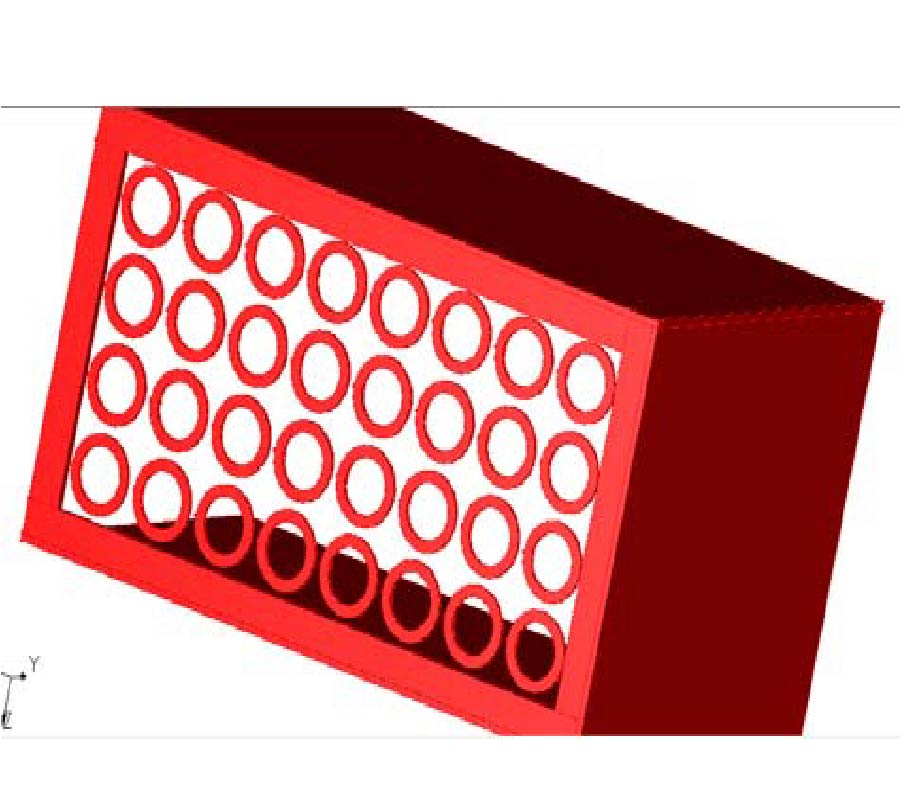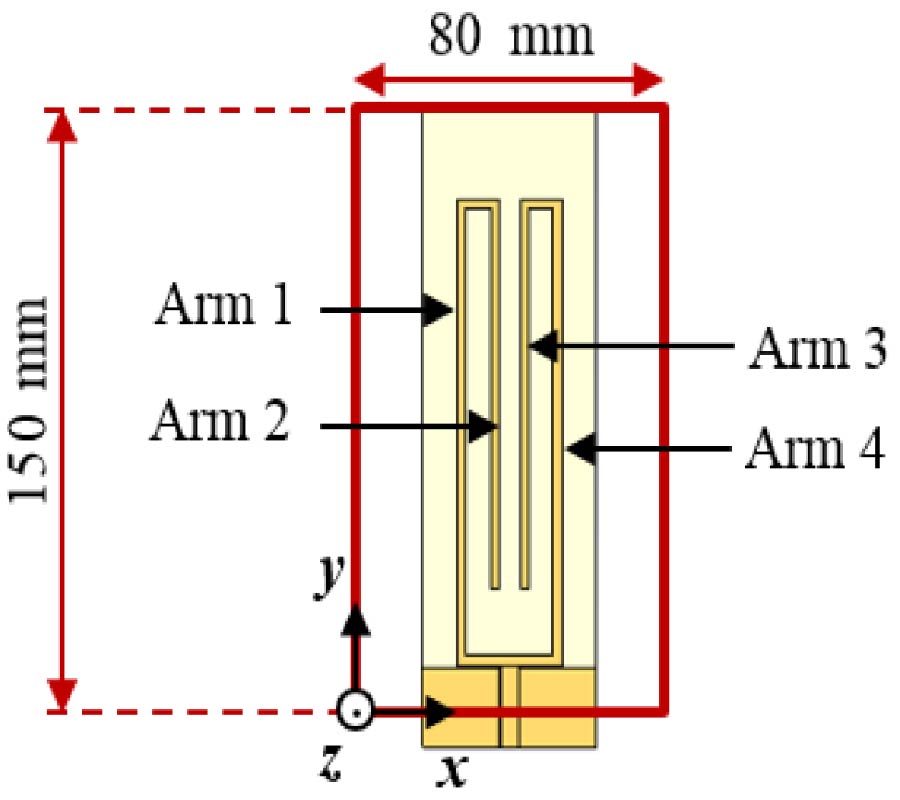Hexa-Band High-Isolated Dual-Polarized Loop Antenna for Mobile Communications
Changjiang Deng,
Yue Li,
Zhijun Zhang and
Zhenghe Feng
This paper presents a broadband hexa-band dual-polarized loop antenna for mobile communications. Two orthogonal one-wavelength-perimeter modes of a rectangular loop are excited by two orthogonal feedings. One mode for vertical polarization is excited by a circular monopole, and the other mode for horizontal polarization is excited by a slot-coupled microstrip line. By optimizing the antenna structure and the orthogonal feedings, the orthogonal polarizations can be achieved in a wide bandwidth with high ports isolation. The overall size of the proposed antenna is only 58×53 mm2 (0.43λ0×0.39λ0, λ0 is the free-space wavelength at 2.2 GHz). A prototype of the proposed antenna is built and tested. The measured bandwidth with reflection coefficient less than -10 dB is 61.4% (1.65-3 GHz) for both orthogonal polarizations, covering the DCS, PCS, UMTS, WLAN, LTE 2300, and LTE 2500 operation. The measured ports isolation is better than 28 dB over the entire band. In addition, the radiation patterns, gains and diversity performance are also discussed.
